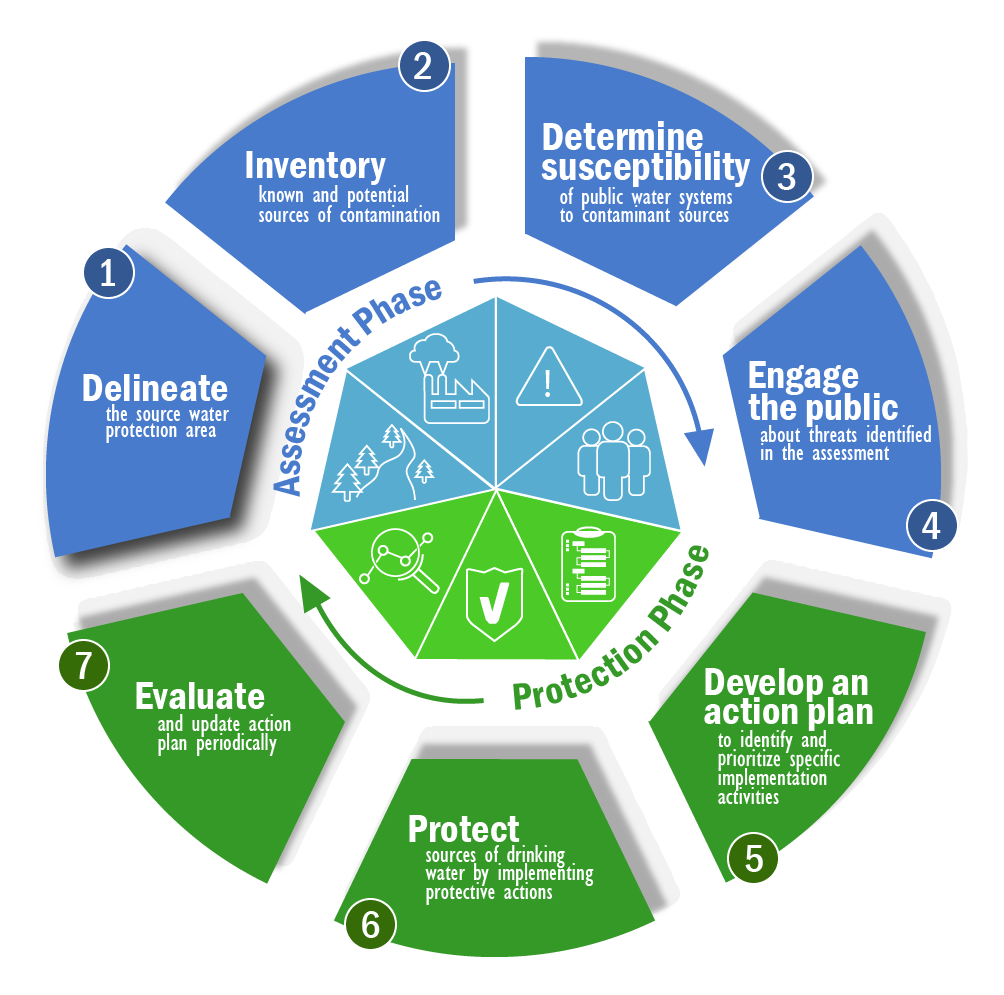
In the ever-changing landscape of climate challenges, our responsibility to ensure the safety and quality of drinking water has never been more critical. Enter the realm of a proactive management strategy that spans the entire water supply chain, from the source in the catchment to the taps in our homes. Therefore, let’s explore the guiding principles for water source protection, underlining the necessity for collaboration among government entities, water utilities, land management agencies, and other custodians.
Departing from the conventional ‘treatment-led approach,’ many developed countries now champion a ‘catchment-first’ strategy. This paradigm shift challenges the status quo, placing emphasis on pollution prevention at the source. The goal? To not only reduce treatment costs but also mitigate the impacts of climate change and minimize the ever-looming risk of drinking water contamination.
Unwavering Commitment to Protection; At the heart of it all is a commitment that refuses to compromise on drinking water source protection. This principle sets the stage, urging a preventive management approach to source water quality. It’s about protection to the maximum degree possible, ensuring that every step in the water supply chain contributes to the safety and purity of our water.
Maintaining Multiple Barriers; Recognizing the importance of a multi-barrier approach, the spotlight here is on the understanding that no single barrier can be the silver bullet against all potential contaminants. It’s an acknowledgment that treatment plants, while essential, are not infallible. They can falter due to human error, extreme weather events, or unforeseen circumstances. Hence, the call for a diverse set of barriers that collectively safeguard our precious water sources.
Human Health Priority; Linking source water protection directly to human health, this principle advocates for investments that go beyond safeguarding water. It’s about realizing multiple benefits, from improved waterway health to flood mitigation. Because at the end of the day, the main goal of any initiative should be the delivery of a program that protects the health of the communities we serve.
Avoiding Complacency; In the face of past successes, there’s a cautionary note against complacency. The absence of detectable levels of waterborne diseases over decades shouldn’t breed a false sense of security. It’s a reminder that historical performance should not be a justification for increased development in source areas. Vigilance, rather than complacency, is the key to sustaining effective source protection.
Application of the Precautionary Principle; Recognizing the gravity of public health risks associated with drinking water contamination, this principle advocates for a cautious approach to decision-making. In the absence of certainty, the balance tips in favor of protecting water quality. It’s a proactive stance, acknowledging the potential risks and erring on the side of caution.
Risk-Based Decision Making; Treating catchment lands and source waters as valuable assets, this principle emphasizes the need for clear articulation of their full value. Decision-making becomes a strategic exercise that maximizes benefits and minimizes costs across the entire water supply system. It’s an economic and financial perspective that aligns with the broader objectives of water utilities.
Knowing Your Catchment; Understanding the catchment is more than a technicality; it’s a crucial part of effectively protecting a water source. This involves assessing vulnerability, identifying sources of contamination, understanding water quality variations, and communicating findings to the community. It’s about being intimately acquainted with the terrain from which our water flows.
Community Engagement; Recognizing the vital role of community awareness, this principle underscores the responsibility of water utilities to protect sources and communicate effectively. Educating and engaging the community within the context of the water supply system becomes integral to the success of source water protection initiatives.
Trans-disciplinary Approach; Acknowledging the complex nature of source water protection, this principle calls for a trans-disciplinary and adaptive approach. It’s not just about the technicalities; it’s about understanding the social, cultural, political, and economic nuances. Every decision and action should be a harmonious blend of various disciplines, ensuring a holistic approach.
Leading the Way Through Partnerships; In open drinking water supply catchments, the water utility takes center stage. It’s not just about providing water; it’s about setting the standard for source water protection. Best practice management becomes the cornerstone, influencing not only the water utility’s credibility but also the success of source water protection initiatives involving landholders.
In embracing these guiding principles, communities fortify their water supply systems, ensuring resilience against climate variability challenges. It’s a journey toward a sustainable, safe water future, a future where every drop that reaches our taps.


